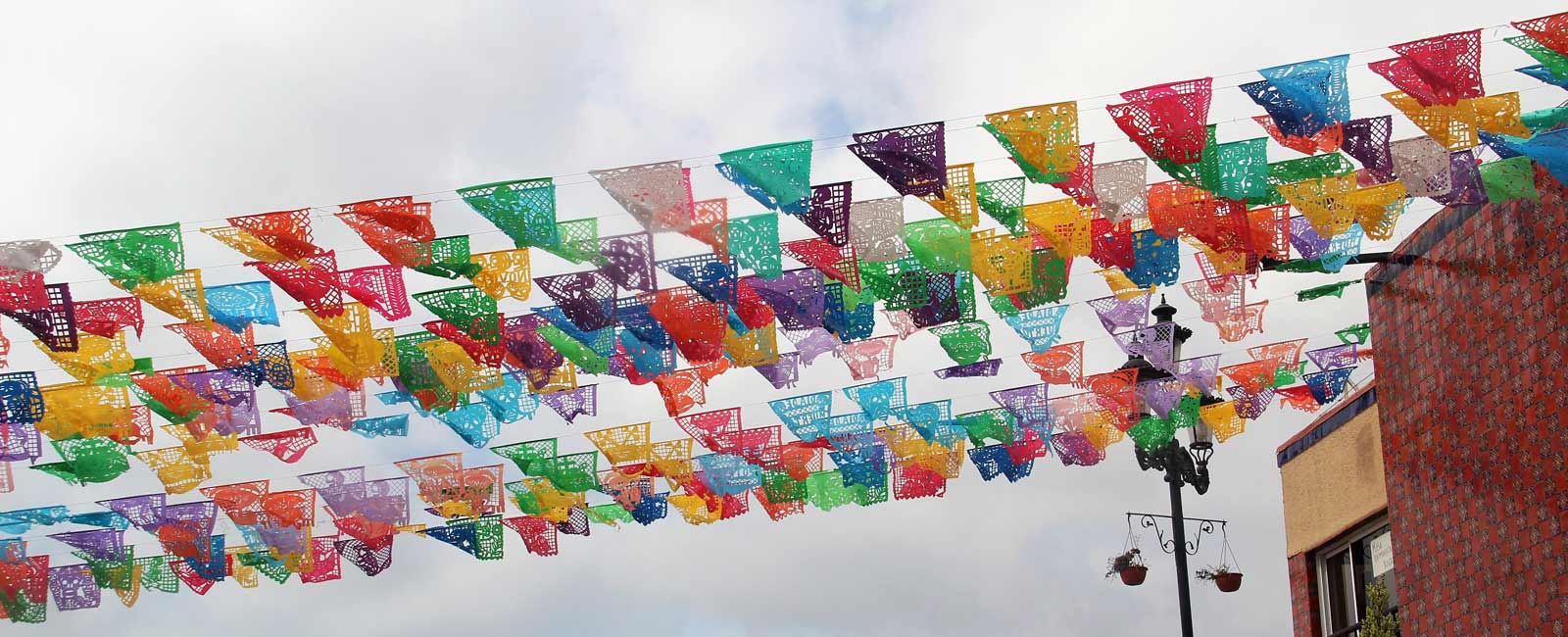Thursday, June 21, 2012
The End of Isolation
Part II: Democratic Reform Arrives in Burma
 |
| Clinton and Suu Kyi in Yangon, photo copyright Paula Bronstein |
For the last quarter century, the name Myanmar has conjured an image à propos to the pages of Heart of Darkness: a mysterious almost surreal place, marred by the iron fist of the military junta and synonymous with the worst human rights violations. The pariah of the western world, Myanmar’s isolation only seemed to add to its phantasmagoric landscape and after 2010’s fraudulent elections, which blocked international monitors and democratic hero Aung San Suu Kyi from participating, there seemed little hope of change. “After years of deadlock and stagnation, change is coming, but strictly on the junta’s terms,” the New York Times bleakly forewarned.
But April 1st’s election of Suu Kyi and other NLD representatives to parliament suggest that change may be coming, and this time on the terms of the people. On April 4th, after nearly 25 years of tense dealings, the Obama administration tentatively re-opened relations with Myanmar (also known as Burma), lifting the travel ban and allowing American NGOs in health, education and environmental conservation to enter the country. Vice President Hilary Clinton described Suu Kyi’s election as “an important step to the country’s transformation.” And in May, even more sanctions were suspended as the first American ambassador to Burma since 1990 was elected. “As an iron fist unclenches in Burma, we have to extend our hand,” said President Obama, to which Clinton added: “so today we say to American business: Invest in Burma.”
Since taking office in March 2011, Myanmar’s president Thein Sein has been making all the right moves to reopen Burma to the rest of the world. Releasing hundreds of political prisoners, negotiating peace talks and allowing Suu Kyi to run for office, all fall under the UN’s mandated list for the country’s democratic reform. UN Secretary-General Ban Ki-Moon defined three indicators of political change in Burma: “the release of all political prisoners, genuine national reconciliation and an inclusive electoral process.” While these requirements have yet to be fulfilled to their completion, Thein Sein efforts have been the most significant reforms in nearly 50 years of military rule.
In her 2011 meeting with Hilary Clinton, Suu Kyi stated, “if we go forward together, I am confident that there will be no turning back from the road towards democracy. We are not on that road yet, but we hope to get there as soon as possible with the help and understanding of our friends.” It’s possible we are seeing the tentative steps of a fledgling democracy, but Aung Din, former political prisoner and head of the US Campaign for Burma warns against lifting sanctions too soon: “if they do it very quickly, and make it too generous, it will only undermine the democratic forces in the country.”
Are we seeing real democratic change in Burma? The consensus is cautiously optimistic. After years of isolation and military mismanagement, Burma’s tanked economy requires foreign investment for revitalization, which may act as incentive for Thein Sein to continue with the necessary reforms. The Obama administration’s suspension of its sanctions are to act as incentive for Myanmar’s continued democratic reform, striking “an appropriate balance,” said Senator John McCain, “between encouraging the price of reform now unfolding in Burma, while maintaining sufficient leverage to continue pressing the Burmese government for additional progress.”
Myanmar News,Political Thoughts
